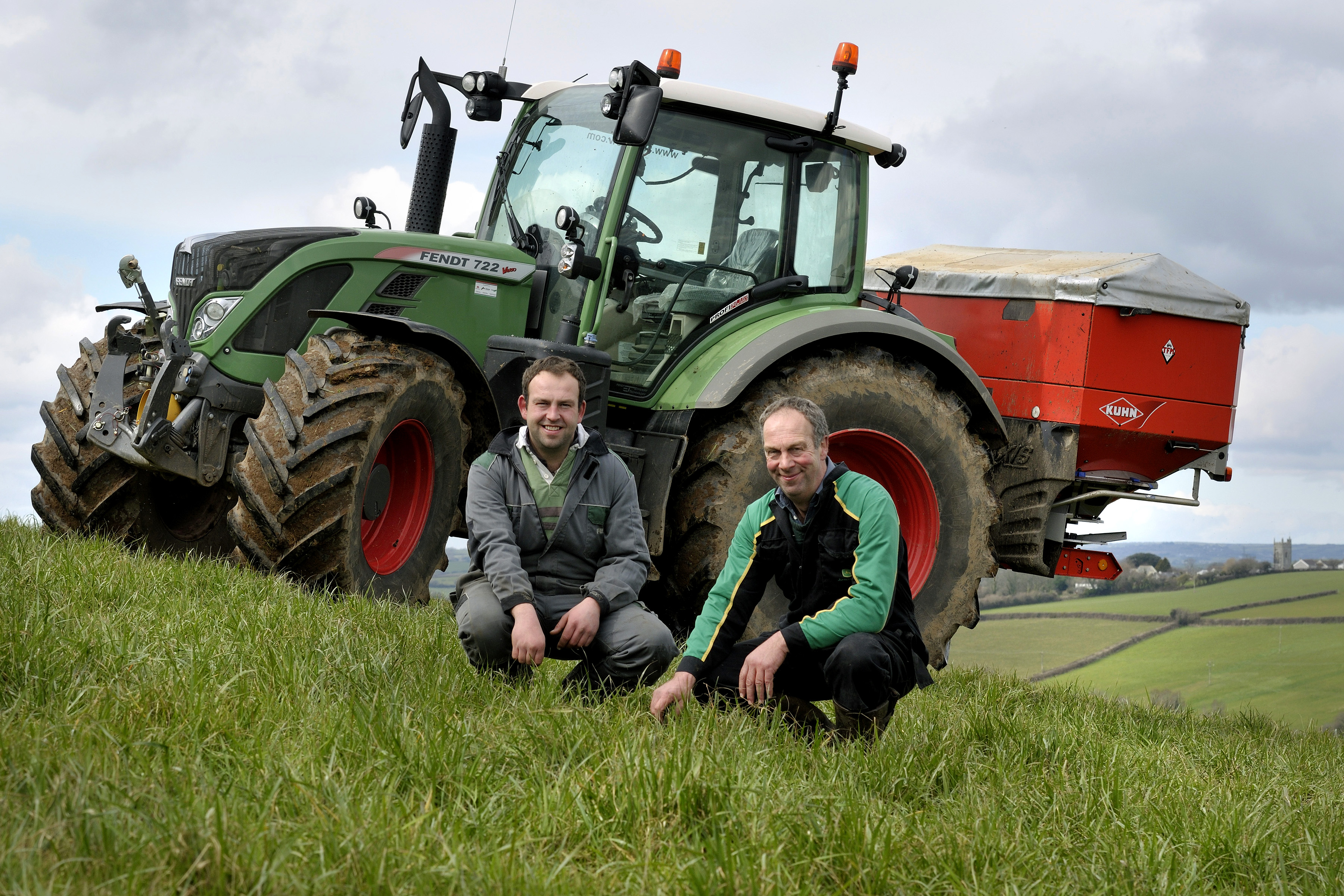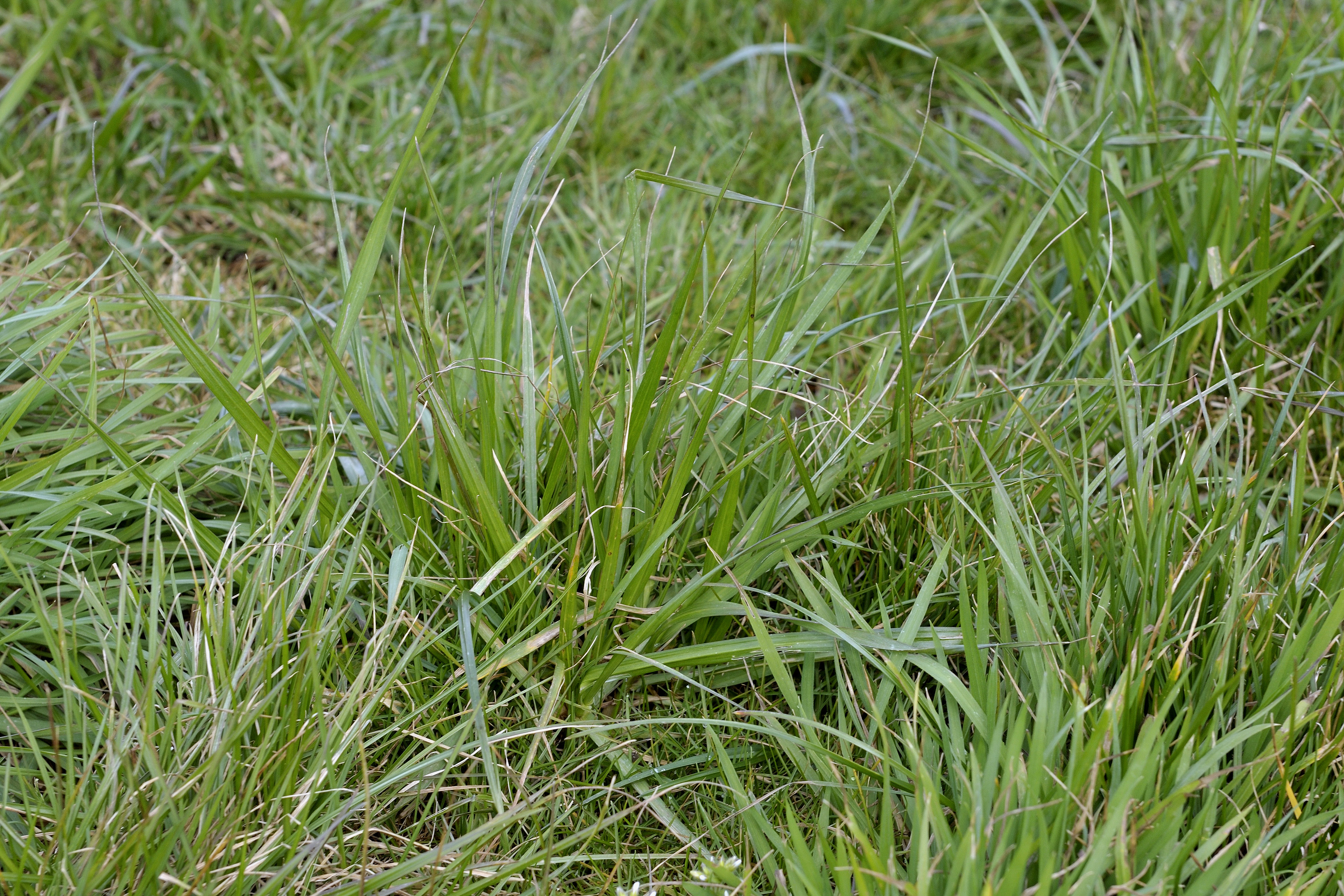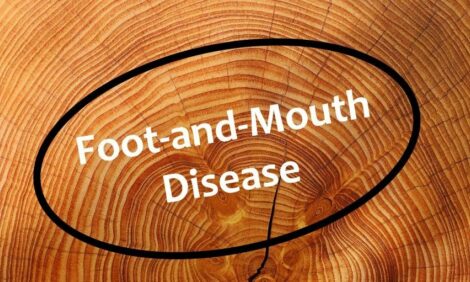



Higher Nitrogen Fertiliser Boosts UK Dairy Grasslands
A fertilser product has aided reseeding operations on the grass leys of a farm with thin topsoils and a desire to maximise forage from grass.Grass provides the most cost-effective source of digestible energy for ruminant livestock, and rarely receives the attention it deserves. As feed prices continue to rise, livestock producers are keen to optimise this valuable home-produced resource.
Malcolm Best and his son Richard are two dairy farmers who appreciate the value of this important crop. They operate the 400-cow Landulph Herd of Pedigree Holsteins at Marsh Farm, Landulph, that includes 550 acres of grass.
“In today’s tough economic climate the high cost of bought-in feed makes it essential to maximise the productivity of our grassland,” said Malcolm.
The Best approach - Koch Advanced Nitrogen provided a Cornish dairy farm with a solution to their thin topsoil and grass land worries.
“Regular reseeding is one of the ways we maintain high production, even though this is now a very expensive process. We only have 4"to 5" of topsoil, which accelerates the rate of wear and tear on the leys and after two or three years they start to get past their best, so we reseed 120 to 150 acres annually.”
To maximise the substantial reseeding investment last year, the farm’s ruminant nutritionist, Graham Carter of ACT Ltd, introduced Malcolm and Richard to Koch Advanced Nitrogen® fertiliser.
“Koch Advanced Nitrogen® fertiliser (KAN) contains 46 per cent nitrogen compared with 34.5 per cent N in ordinary ammonium nitrate (AN), so farmers benefit from one-third more nutrient per tonne of product and a lower cost per unit of nitrogen from a product which delivers comparable agronomic performance,” Graham explains.
“The higher nutrient density of KAN also means that less is required to apply a certain rate of nitrogen, which translates into time and cost savings, lower haulage costs, reduced storage space requirement, fewer bags to handle and less packaging waste. The product also avoids the regulatory burdens governing the handling and storage of AN.”
The key to KAN’s high level of performance is that it incorporates Agrotain® nitrogen stabiliser. The technology has been proven on farms throughout the world, and is attracting interest from grassland farmers in the UK for its ability to maximise the amount of nitrogen available to fuel crop growth and productivity. The timing of application is not so weather dependent as with some other nitrogen products and can therefore be done when it suits the farm’s workload.
Effects
What the studies have shown
Research has shown that spreading nitrogen onto grassland crops often brings more complex issues than in cereals. This is primarily because the thatch and high organic matter layer found beneath the grass canopy delays or prevents some of the fertiliser from reaching the soil, which can ultimately lead to nitrogen starvation. The fact that the crop is often grown on lighter soils also increases the risk of nitrogen loss.
Northern Ireland research found grass yield increased by 8.8 per cent dry matter tonnage and improved nitrogen utilisation by over 19 per cent over urea.
Koch Advanced Nitrogen® fertiliser has been proven to perform in commercial situations and independent research. The ADAS-led DefraNT26 project, for example, showed that it performed as well as AN on grassland.
Work by Dr. Catherine Watson of the Agri-Food and Biosciences Institute in Northern Ireland found that it produced a 19.9 per cent improvement over urea in nitrogen utilisation by grass, resulting in an 8.8 per cent increase in drymatter tonnage.
Evaluating Performance
Curious about the potential benefits of KAN fertiliser, Malcolm bought 27 tonnes last year to evaluate its performance on cereals and grass. Land destined for first-cut silage received 100 units of nitrogen in two applications, one at the beginning of March and another at the end of that month.
“Because the farm is in the Tamar Valley it is relatively sheltered and the microclimate makes it quite early, which was a definite bonus in 2012,” said Malcolm. “Even though the KAN we used last year was delivered the previous November, we found that it stored well over winter then spread easily and accurately to 24 metres in the spring. We had some very good crops of grass and were pleased with the results.
“Our contractor arrived in early May and produced 320 acres of first-cut silage. We normally take the second-cut after six or seven weeks. Although adverse weather meant that we were a little later than normal, the results were very good.
“It analysed at 31.7 per cent drymatter and 15.4 per cent crude protein, with a D value of 71.6 per cent and ME of 11.5MJ/kg. Although many farms struggled to produce sufficient forage last year we were fortunate to have enough to last us right through the winter, so we didn’t have to buy any forage extenders to see us through to turnout.”
This year Malcolm doubled his order for Koch Advanced Nitrogen® fertiliser, purchasing 54 tonnes to replace all of his normal nitrogen, with the first application going on to grassland at the end of February.
“Our approach is only to recommend products which we are confident represent good value for money and will benefit our customers,” said Graham Carter of ACT Ltd. “KAN fits that bill perfectly because it is an innovative development which offers significant performance and cost advantages over traditional nitrogen products.”




